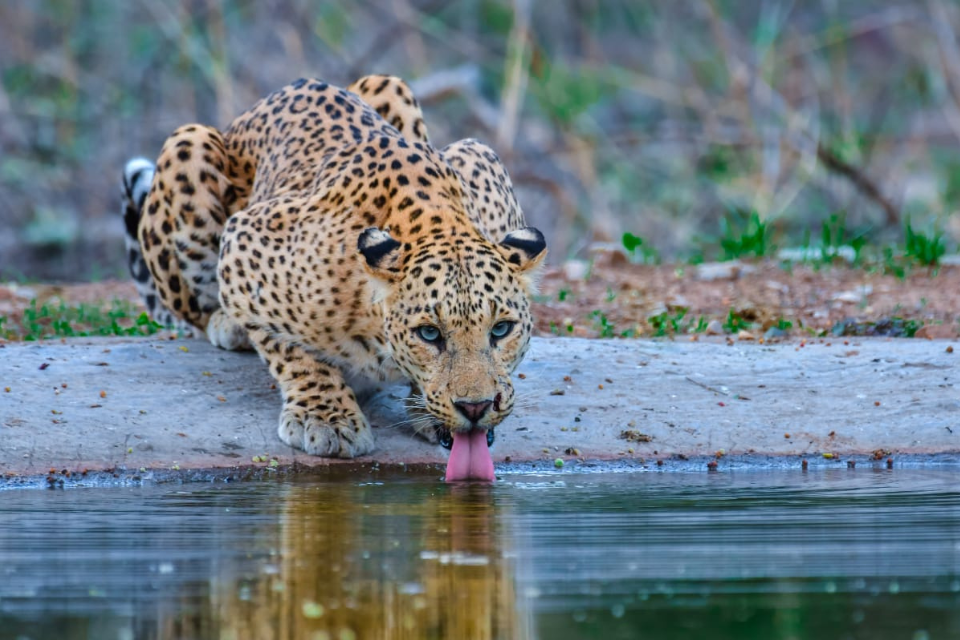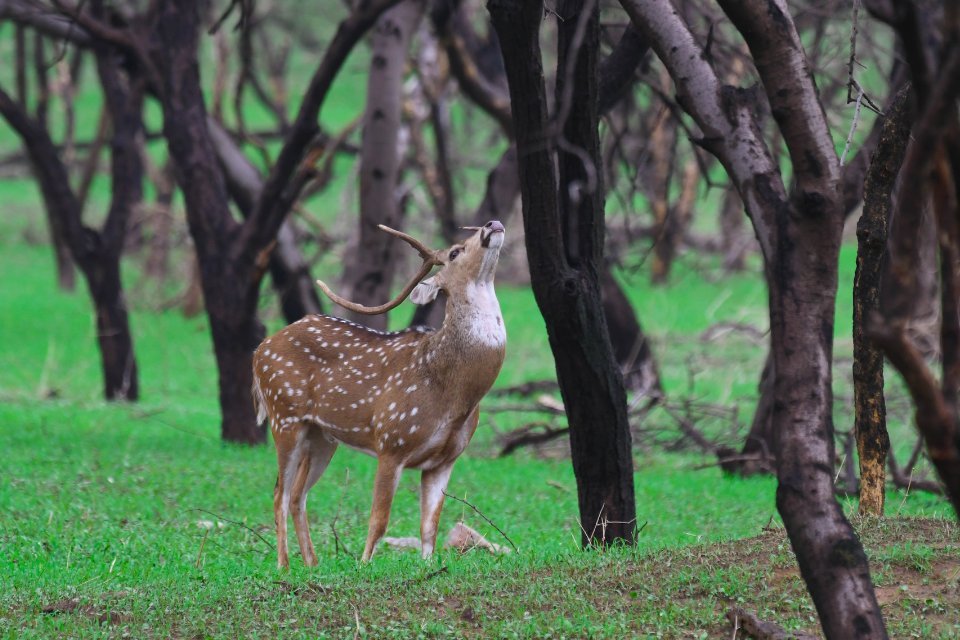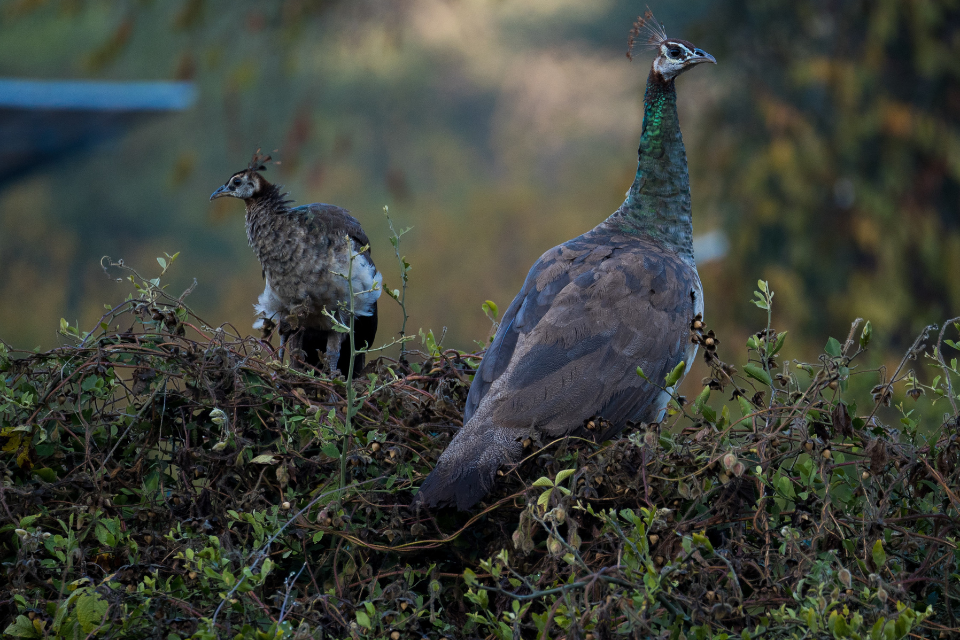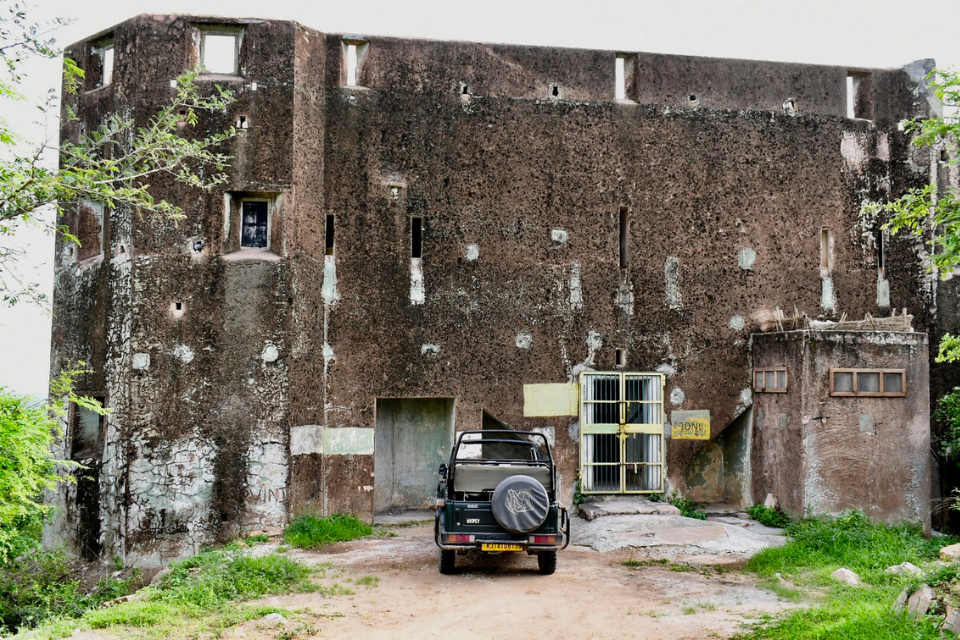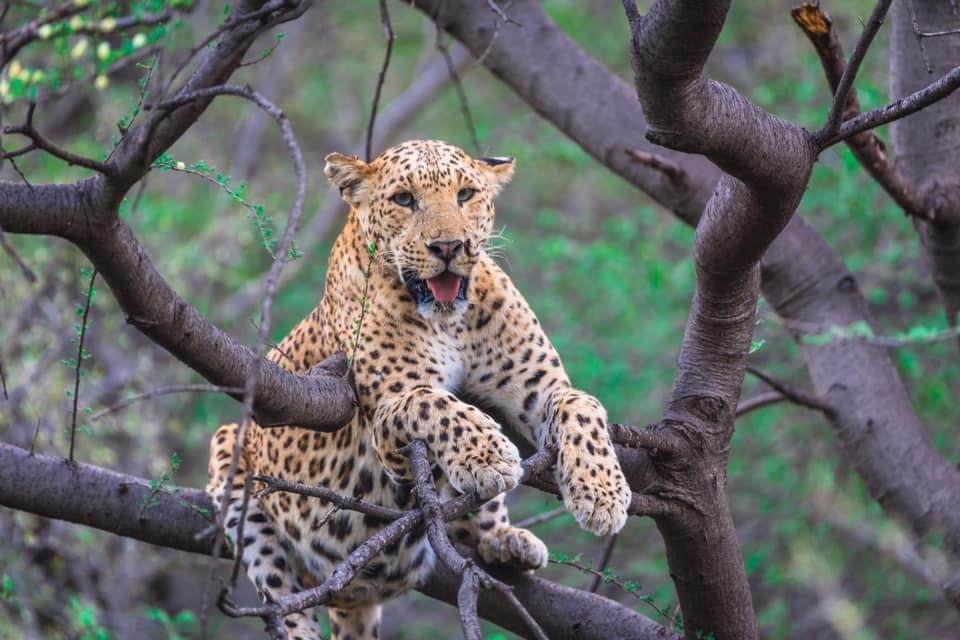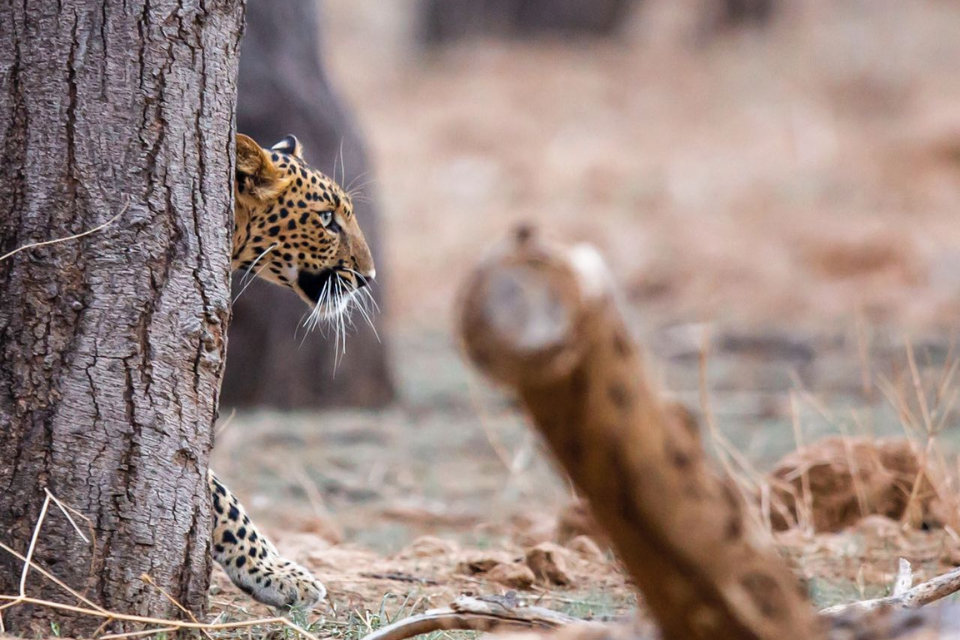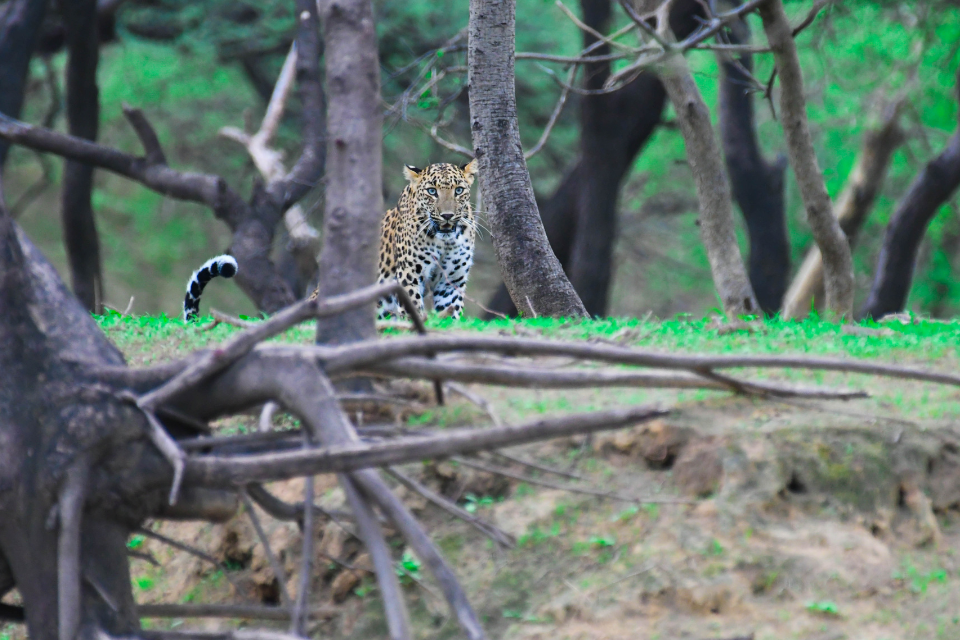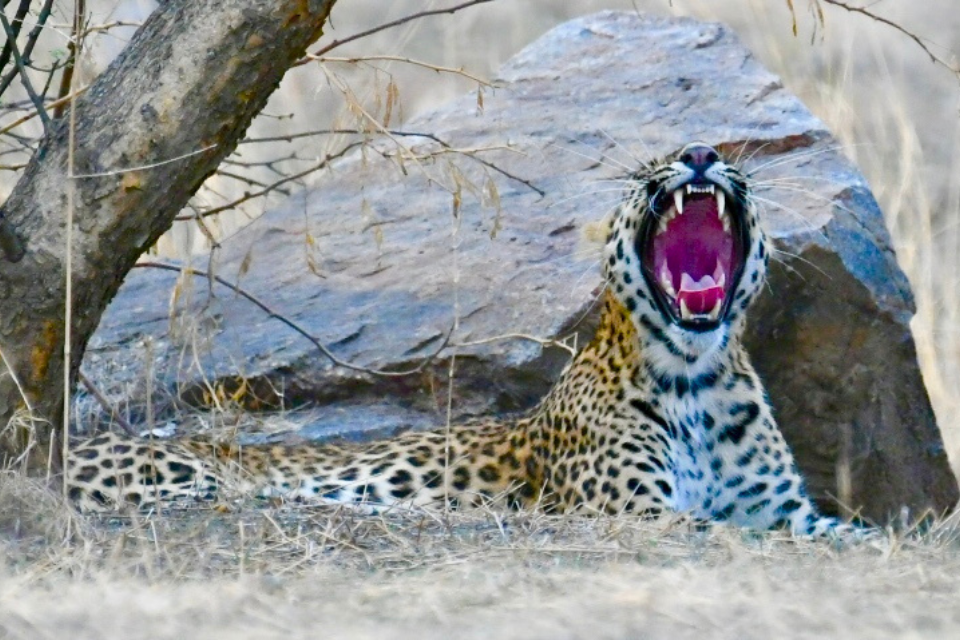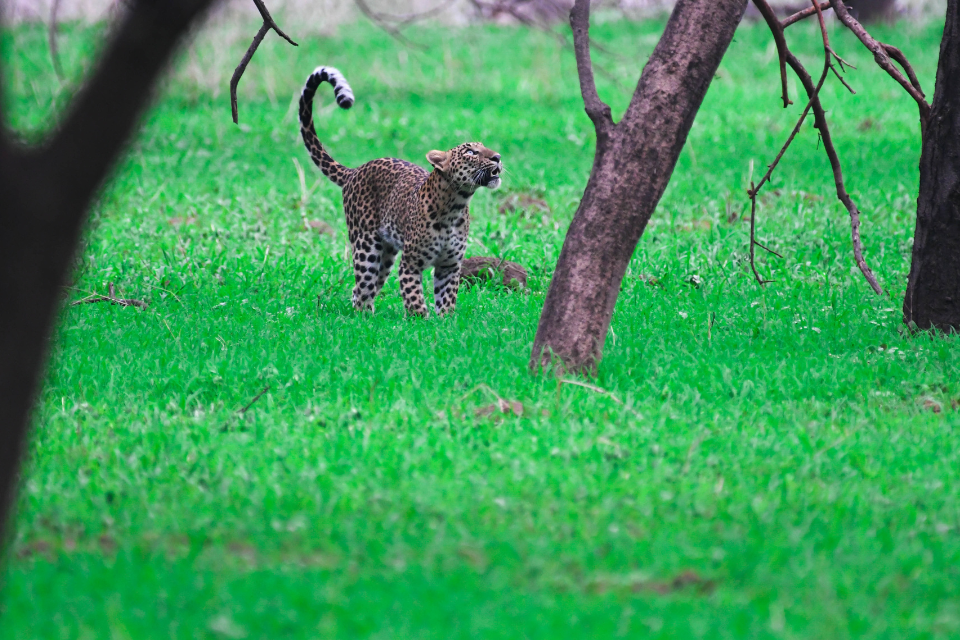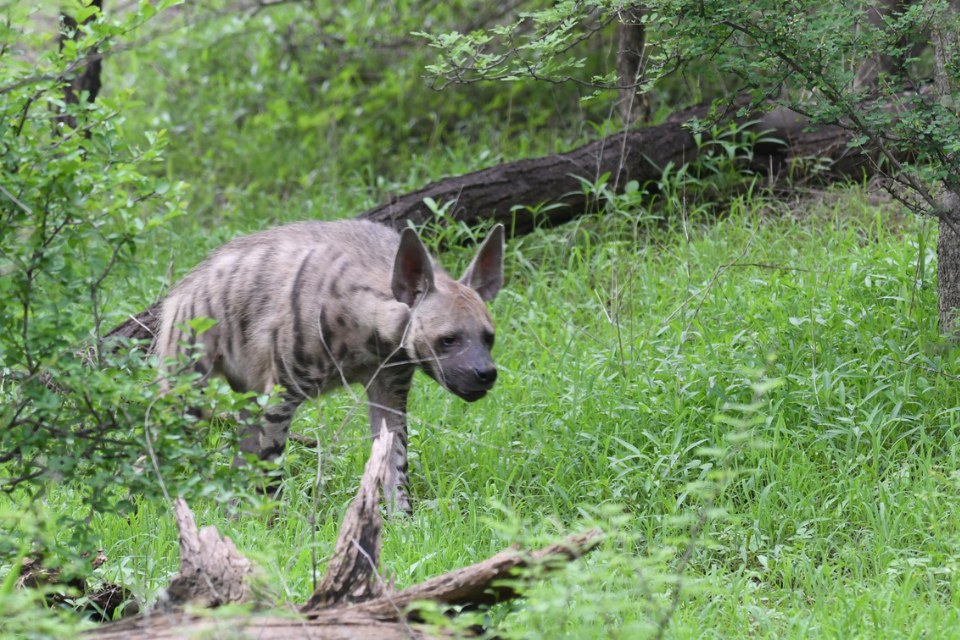- May 21, 2025
Conservation Success Stories: How Jhalana’s Leopard Population Rebounded
Wildlife conservation isn’t just about preserving majestic tigers or legendary elephants—it’s also about giving lesser-celebrated big cats a fighting chance. Over the past decade, Jhalana Leopard Conservation has become a hallmark of how targeted efforts, local engagement, and scientific monitoring can reverse dramatic population declines. This deep-dive explores the challenges Jhalana Panther Safari faced, the strategic steps taken by forest authorities and NGOs, and why today’s thriving leopard community is a blueprint for wildlife revival across Rajasthan.
- The Early Years: A Declining Wild Cat Haven
When Jhalana’s 23 km² reserve officially opened for tourism in 2011, its resident leopard population was estimated at just 3–4 individuals. Rampant poaching, habitat fragmentation from Jaipur’s urban sprawl, and human–animal conflict on the forest edge had pushed numbers dangerously low.
- Illegal Trapping & Poisoning: Leopards were frequently lured into retaliatory snares by farmers guarding livestock.
- Encroachment: Unplanned settlements and road networks sliced through historic grazing corridors.
- Lack of Awareness: Local communities had minimal incentive to protect leopards—often perceiving them purely as threats to livestock.
Why It Mattered: As apex predators, leopards regulate herbivore herds (nilgai, chital, sambar), promote biodiversity, and are indicators of overall ecosystem health. A collapse in their numbers risked a trophic cascade—increased ungulate pressure on vegetation, soil erosion, and loss of habitat for birds and smaller mammals.
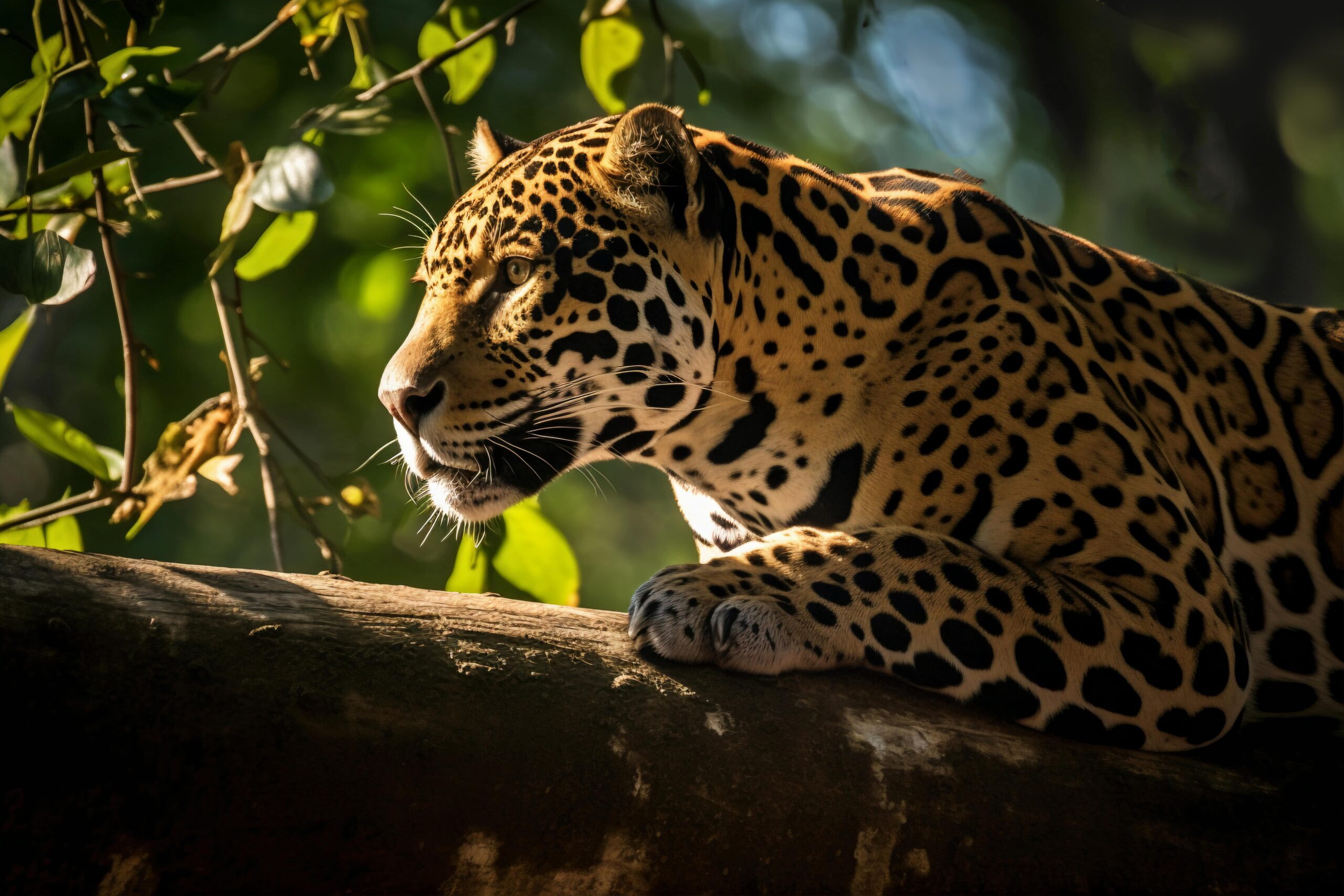
- Laying the Foundations: Survey & Scientific Monitoring
2.1 Baseline Camera‐Trap Surveys
In partnership with Wildlife First and the Rajasthan Forest Department, conservationists deployed an array of motion‐sensitive camera traps across Jhalana’s core zones (2012). Over six months, these cameras gathered thousands of images, enabling:
- Individual Identification: Spotting unique rosette patterns to track each leopard’s range.
- Population Estimates: Applying capture–recapture models to assess true numbers.
- Activity Patterns: Confirming primarily nocturnal behaviors and hotspot areas near perennial waterholes.
2.2 GIS Mapping & Habitat Assessment
Using satellite imagery and drone surveys, teams mapped:
- Forest Cover Change: Identifying pocket deforestation along the eastern buffer.
- Corridor Pinch‐Points: Locating narrow strips that funneled leopards between Jhalana and neighboring patches (notably Nahargarh Wildlife Sanctuary).
- Conflict Zones: Overlaying livestock predation reports with leopard movement data to preempt clashes.
These scientific foundations were critical—ensuring interventions would be data-driven, targeted, and measurable.
- Community Engagement: From Adversaries to Advocates
3.1 Livestock Insurance & Rapid Response Teams
One of the biggest grievances from villagers around Jhalana was economic loss when leopards snatched goats or calves. To build goodwill, the Forest Department introduced:
- Compensation Schemes: Prompt payouts (within 72 hours) at fair market value, drastically reducing cash‐for‐poison reliance.
- Rapid Response Units: Trained personnel who arrived within hours of a depredation call to secure the site, reassure farmers, and deter retaliatory measures.
3.2 Eco-Development Committees (EDCs)
Forty villages formed EDCs that:
- Conducted monthly meetings with forest guards.
- Managed seed-patrol squads to rid fields of carcass remains (which attract leopards into farmlands).
- Organized wildlife-friendly livelihood workshops—promoting beekeeping, organic farming, and handicraft weaving to diversify incomes.
By 2017, over 85% of local households participated in at least one EDC initiative—transforming erstwhile “conflict hotspots” into “co-existence champions.”
- Anti-Poaching & Enforcement Strengthening
4.1 Ranger Training & Patrols
Rajasthan Forest Services upgraded eight existing ranger posts into fully equipped anti-poaching camps, featuring:
- Night-vision goggles and vehicle trackers.
- Regular foot patrols along identified “trap lines.”
- Joint drives with Wildlife Crime Control Bureau (WCCB) whenever reliable intelligence surfaced.
4.2 Technology-Assisted Surveillance
Drones fitted with thermal cameras began routine overflights (2018), allowing rangers to:
- Spot suspicious human movements after dark.
- Monitor livestock grazing patterns to preempt conflict zones.
- Conduct rapid aerial censuses for leopard cub sightings.
Result: A 70% drop in reported traps and snares within three years, underscoring the potency of tech-enabled wildlife law enforcement.
- Habitat Restoration & Connectivity Corridors
5.1 Native Flora Plantations
Across 50 hectares of degraded scrubland, volunteers and forestry staff planted indigenous species like dhok (Anogeissus pendula), ber (Ziziphus mauritiana), and khejri (Prosopis cineraria)—restoring under‐storey cover vital for prey species.
5.2 Creating Safe Passageways
Two key linkages were reforested to bridge Jhalana with Nahargarh and Amagarh:
- “Green Bridge” #1: A 2 km stretch along the Jaipur-Chandwaji road, shielded by wildlife-proof fencing and canopy cover to channel nocturnal leopard movements.
- “Corridor #2”: Upgraded with under-pass culverts beneath a minor highway, allowing migratory deer herds—and their predators—to cross safely.
These structural investments have seen leopard jawbone and scat DNA analyses confirm breeding pairs traversing beyond Jhalana’s boundaries—an encouraging sign of meta-population health.
- The Reward: A Roaring Comeback
By 2023, Jhalana’s leopard population had risen to 12–15 individuals, a near four-fold increase in under a decade. Key indicators of success include:
- Denning Records: Six stable female leopards raising at least eight cubs, documented through long-term camera-trap monitoring.
- Lower Conflict Incidents: Village compensation claims dropped by 50%, showing better cohabitation dynamics.
- Increased Tourist Satisfaction: Safari reports note consistent sightings—increasing Jhalana Panther Safari’s ratings on travel platforms from 4.1 to 4.6 stars over five years.
Beyond raw numbers, the truly heartening outcome has been the shift in local ethos: children in villages now identify as “guardians of the forest,” and community-run homestays actively market themselves as “Leopard-friendly Stays.”
- Lessons for Conservation Across India
Jhalana’s success resonates far beyond its forest boundary:
- Data-Driven Interventions: Baseline surveys ensure resources target the most critical threats.
- Inclusive Community Schemes: Economic incentives convert adversaries into allies.
- Tech & Tradition Combined: Drones, camera traps, and traditional patrols provide layered defenses.
- Corridor Management: Protecting connectivity avoids genetic isolation.
- Continuous Monitoring: Conservation is not a one-off—it demands iterative assessment and adaptation.
Organizations such as Wildlife Trust of India (WTI) and WWF-India have begun replicating the Jhalana model in pockets of Madhya Pradesh and Uttarakhand, attesting to its wider applicability.
- How Visitors Can Support Jhalana’s Leopards
- Choose Eco-Certified Lodges: Opt for safari operators that donate a percentage of fees to local conservation funds.
- Volunteer Programs: Short-term stays with NGOs like Wildlife First offer hands-on experience in habitat restoration and community outreach.
- Responsible Tourism: Follow park guidelines—stay in designated trails, respect no-entry zones, and never disturb wildlife with loud noises or flash photography.
- Spread the Word: Sharing authentic safari experiences on social media raises global awareness and fosters solidarity for leopard conservation.
- Practical Information for Safari Enthusiasts
- Safari Timings: Morning (6:00–10:00 AM) and afternoon (2:00–6:00 PM); arrive 30 minutes early for permit checks.
- Permit Fees: As Per Season per jeep (up to six people); online booking via Rajasthan Forest Department portal is recommended.
- Best Months: October to March for clear sightings and comfortable temperature (12–25 °C).
- What to Pack: Neutral‐colored clothing, binoculars, camera with telephoto lens (200 mm+), sunhat, sunscreen, and a refillable water bottle.
Disclaimer
All figures and program details in this article are based on published forest department reports, NGO communications, and field surveys up to April 2025. Permit fees, safari timings, and community initiatives may change—please verify current information with the Rajasthan Forest Department or official safari operators before planning your trip. The author and publisher assume no liability for any errors, omissions, or financial decisions made in reliance on this guide.
Disclaimer All images used in this blog are either sourced from public domain or credited to their respective owners. If you are the copyright holder of any image and wish to request its removal or proper attribution, please contact us at [email protected]



